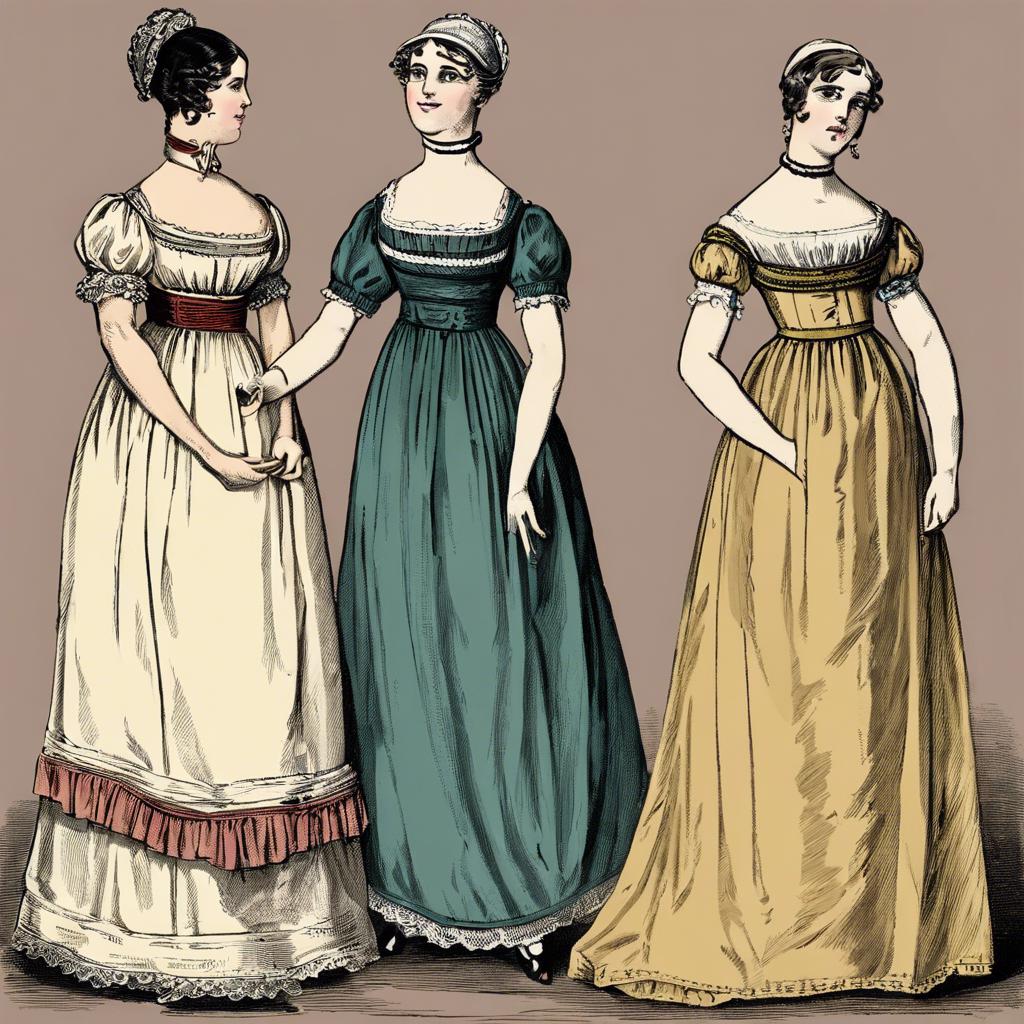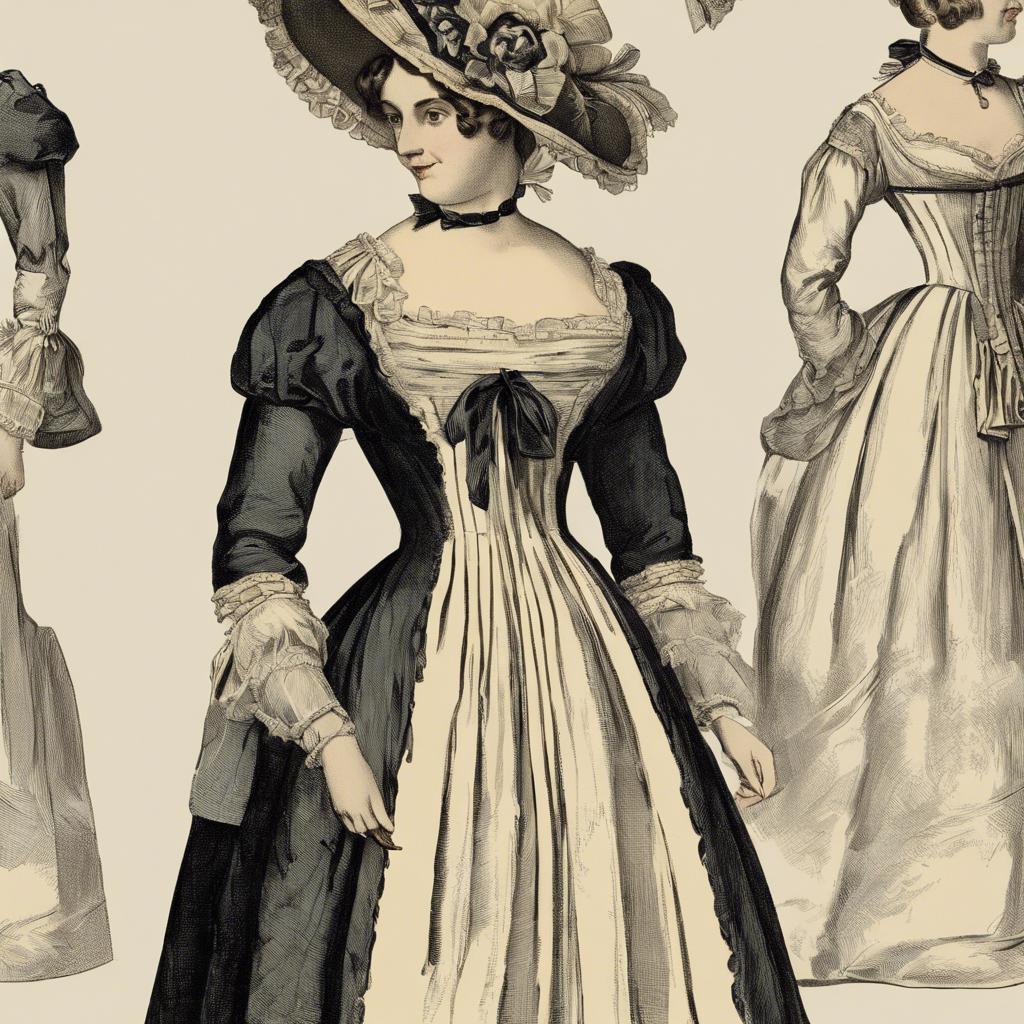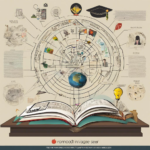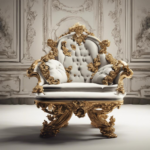During the Regency era, fashion played a crucial role in defining social status and societal norms. One iconic style that emerged during this period was the empire waist dress, a garment that revolutionized women’s fashion. From its origins in the late 18th century to its lasting influence on modern design, the empire waist dress has captured the essence of elegance and grace. In this article, we will explore the history, significance, and evolution of the regency era empire waist dress, shedding light on this timeless fashion statement.
Step Into the World of Cheryl Bolen
Dive into the enchanting stories of love, intrigue, and elegance set in the Regency Era. Cheryl Bolen's novels offer timeless romance and captivating tales that will leave you wanting more.
Explore Cheryl Bolen's Books Now
Heading 1: The Evolution of Empire Waist Dresses During the Regency Era
In the early 19th century, Empire waist dresses became a popular fashion trend during the Regency Era. These dresses were characterized by their high waistline, which was often just below the bust, creating a flattering and elongated silhouette. Empire waist dresses were typically made from light, flowing fabrics such as muslin or silk, making them comfortable and easy to wear.
One of the key features of Regency Era empire waist dresses was their simplicity and elegance. The dresses were often adorned with delicate embroidery, lace, or ribbon trimmings, adding a touch of femininity to the overall look. The Empire waistline also allowed for a more relaxed and comfortable fit, making these dresses a favorite choice among fashionable women of the time.
Empire waist dresses during the Regency Era were often worn with accessories such as shawls, gloves, and bonnets, completing the overall look. These dresses were ideal for both day and evening wear, with lighter colors and fabrics preferred for daytime outings and more elaborate designs reserved for evening events. The evolution of Empire waist dresses during the Regency Era reflected the changing tastes and styles of the time, creating a timeless and iconic look that is still admired today.
Heading 2: The Significance of Empire Waistline in Regency Era Fashion
In the Regency Era, the empire waistline played a significant role in shaping the fashion of the time. This high-waisted silhouette, which became popular in the late 18th century, was a stark contrast to the previously popular natural waistline. The empire waistline sits just below the bust, creating a flattering and elongated look for women’s dresses.
One of the key features of regency era empire waist dresses is the use of lightweight and flowing fabrics such as muslin and silk. These materials draped elegantly from the empire waistline, creating a soft and feminine silhouette. The simplicity of the empire waistline also allowed for intricate embroidery, delicate lace, and other decorative elements to be added to the bodice and sleeves of the dresses.
Empire waist dresses were not only fashionable but also practical for women in the Regency Era. The loose and comfortable fit of these dresses allowed for ease of movement, making them ideal for social gatherings, walks in the park, and other everyday activities. The empire waistline in regency era fashion truly embodied the essence of grace and sophistication.
Heading 3: Materials and Construction Techniques of Regency Era Empire Waist Dresses
During the Regency era, empire waist dresses were a popular choice among fashionable women. These dresses were typically made from delicate fabrics such as muslin, silk, and satin, which were known for their luxurious and elegant appearance. The construction of these dresses was characterized by a high waistline that sat just below the bust, creating a flattering and elongated silhouette. The empire waist was often accentuated with intricate detailing such as ruching, pleating, and delicate lace trim.
The construction techniques used in making Regency era empire waist dresses were highly skilled and precise. Seamstresses would carefully gather and pleat the fabric to create a fitted bodice that flowed seamlessly into a full, flowing skirt. The use of boning and corsetry in the bodice helped to create a structured and supportive fit, while the off-the-shoulder neckline added a touch of femininity and romance to the overall look.
Embroidery and embellishments were also commonly used to adorn Regency era empire waist dresses, adding a touch of opulence and sophistication. Intricate floral motifs, delicate beadwork, and elaborate trimmings were all popular decorative elements that were used to elevate the design of these dresses. Whether worn for a formal ball or a casual outing, the empire waist dress was a staple of Regency era fashion that continues to inspire designers and fashion enthusiasts today.
Heading 4: Styling Tips for Modern Interpretations of Regency Era Empire Waist Dresses
When it comes to modern interpretations of Regency Era empire waist dresses, there are several styling tips to keep in mind to achieve a sophisticated and elegant look. One key element to focus on is the silhouette of the dress, which should be fitted at the bodice and flowy at the skirt. This style accentuates the waist and creates a timeless and graceful appearance.
For a contemporary twist on the classic Empire waist dress, consider incorporating modern fabrics such as sleek satin or luxurious velvet. These materials add a touch of glamour to the ensemble while maintaining the historical essence of the Regency Era style. Pairing the dress with statement accessories like pearl earrings or a delicate lace shawl can elevate the look and add a touch of individuality.
When choosing colors for your modern Regency Era empire waist dress, opt for soft pastel shades like blush pink, sky blue, or mint green to capture the romantic and delicate aesthetic of the time period. To complete the ensemble, consider styling your hair in an updo or loose curls, and adding a pair of dainty gloves for a finishing touch of sophistication.
The Conclusion
the regency era empire waist dress represents a pivotal moment in fashion history, reflecting the changing societal norms and influences of the time. With its high-waisted silhouette and elegant drapery, this style continues to be a timeless and iconic choice for those seeking to channel the grace and sophistication of the early 19th century. Embraced by women of all classes, the empire waist dress remains a symbol of refinement and femininity, transcending the boundaries of its era to inspire modern interpretations of classic beauty. As we look back on this era of elegance and grandeur, let us continue to appreciate and draw inspiration from the regency era empire waist dress, preserving its legacy for generations to come.


